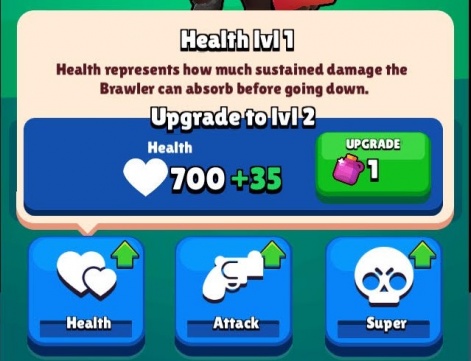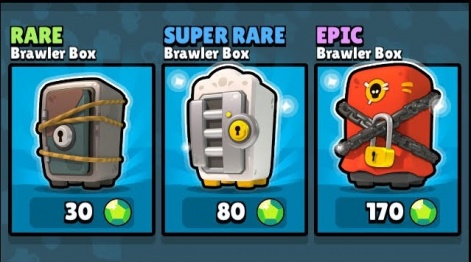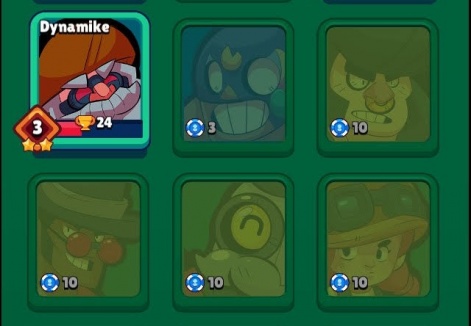Welcome back to the In-App Purchase Inspector - our regular look at free-to-play games from the consumer's perspective.
In each instalment, we consider the incentives or pressure applied to make in-app purchases, their perceived value, the expansion offered by IAPs and the overall value of the experience.
The end goal is to see whether the game makes a good enough case for us to part with our cash, or whether players are content - or engaged enough - to 'freeload'.
This time we're taking a look at Brawl Stars, the three versus three arena combat game by Clash of Clans and Clash Royale developer Supercell, which just took number one spot on our Top 50 Developer 2017 list.
But it's first worth noting that Brawl Stars is still in soft launch for testing in selected countries, and as such its features are subject to change. Thus, we will not be assigning a full verdict until the game's global launch.
Next in line?
With Clash of Clans, Supercell established an oft-repeated formula for monetising free-to-play mobile base-builders.
With Clash Royale, the Finnish studio showed the world how to monetise PvP games with the introduction of timed rewards.
And now it has Brawl Stars in soft launch, a game which shakes things up once again with real-time battles between two teams of three players.

It's performing well in Canada's grossing charts, but does Brawl Stars contain within it the same influential monetisation design as Supercell's previous efforts? Will this be the game that we'll see developers taking inspiration from in the months and years following its launch?
Ring the changes
Brawl Stars doesn't play like your average free-to-play mobile game. It's fast, frantic and skill-based – more so than Clash Royale – and while there's been every effort to make it accessible, this inevitably means that some will simply bounce off it.
But there are some comfortably familiar aspects for Clash Royale fans. For one, characters are presented in card form. They also come in various levels of Boxes, Brawl Stars' equivalent of Chests.
There is also, of course, hard and soft currency. Coins are the soft currency, earned through playing brawls. 100 of them gets you a Brawl Box, the most basic box which yields either a Brawler, or Elixir (used to upgrade brawler).

This upgrading system is one of the key differences between Brawl Stars and Clash Royale, which allowed you to strengthen cards by using duplicates.
Brawl Stars instead uses a specific resource, Elixir, for upgrading while duplicate brawlers are converted into Chips, which in turn is used to buy new ones.
Buy-to-brawl
Gems is Brawl Stars' hard currency, and the game doesn't make a habit of gifting it.
They're available in bundles ranging from $2.79 CAD (Canadian dollar) for 30 Gems to $139.99 CAD for 1,850, and can be used to buy various tiers of Brawler Boxes.
A Rare Brawler Box costs 30 Gems ($2.79 CAD), Super Rare 80 Gems ($6.99 CAD) and Epic 170 Gems ($13.99 CAD). All are guaranteed to contain a brawler.

Getting new brawlers from Boxes, or duplicates to generate Chips, is the only real monetisation hook in Brawl Stars. This is why, as with any competitive game, designing these characters to be sufficiently different to one another is crucial.
Supercell has managed this, with a cast of characters that are suitably differentiated from one another and are each tuned to their own play styles.
Out with Chests
Perhaps the most surprising omission from Brawl Stars' stripped back monetisation is the aforementioned timed reward Chests from Clash Royale, which have proven so influential elsewhere.
But with Brawl Stars' three versus three Bounty Mode and 10-player Showdowns, it is more important to ensure a high number of concurrent players.
From this perspective, a system that limits the inclination to play – even if it monetises well – is not a real benefit.

And while the Chest system was comparable to a full-on energy gate, its absence here is even more freeing and allows the player to enjoy longer sessions without facing either pressure to spend or the prospect of losing something.
Of course, this could all change before Brawl Stars makes it worldwide, and the monetisation will be a particular area of focus for Supercell in these formative months.
But so far, it's been an experiment in relatively light PvP monetisation of a kind that's rarely seen on mobile
If it launches worldwide – and it looks likely that it will – it will be fascinating to see how it performs.





















